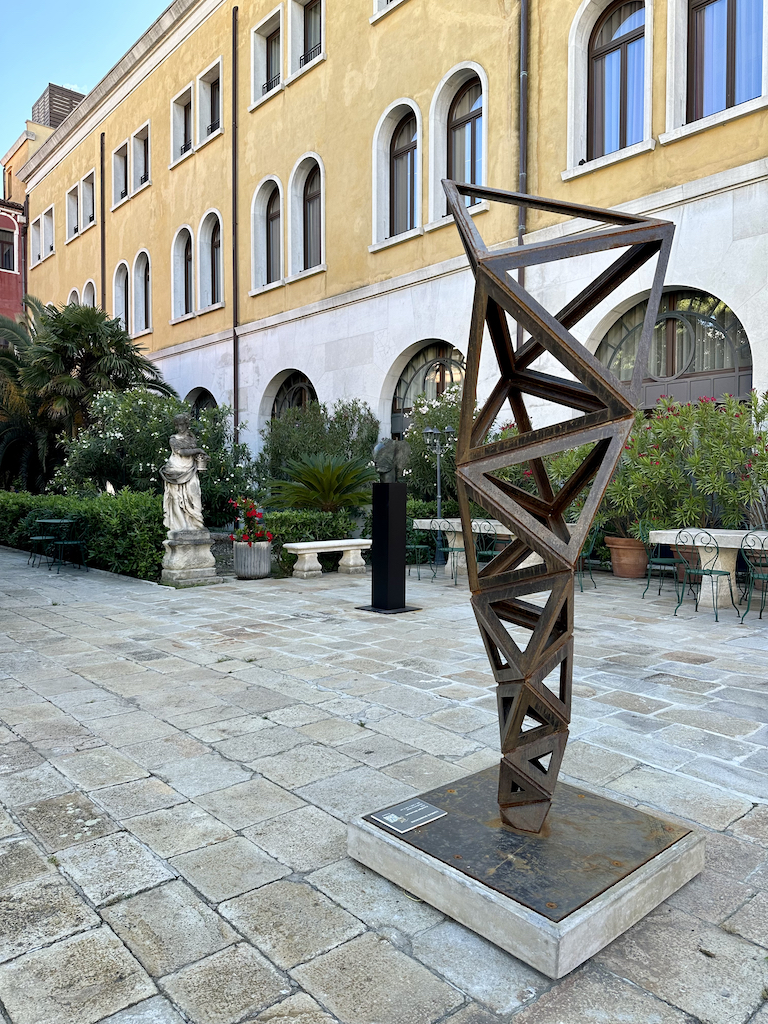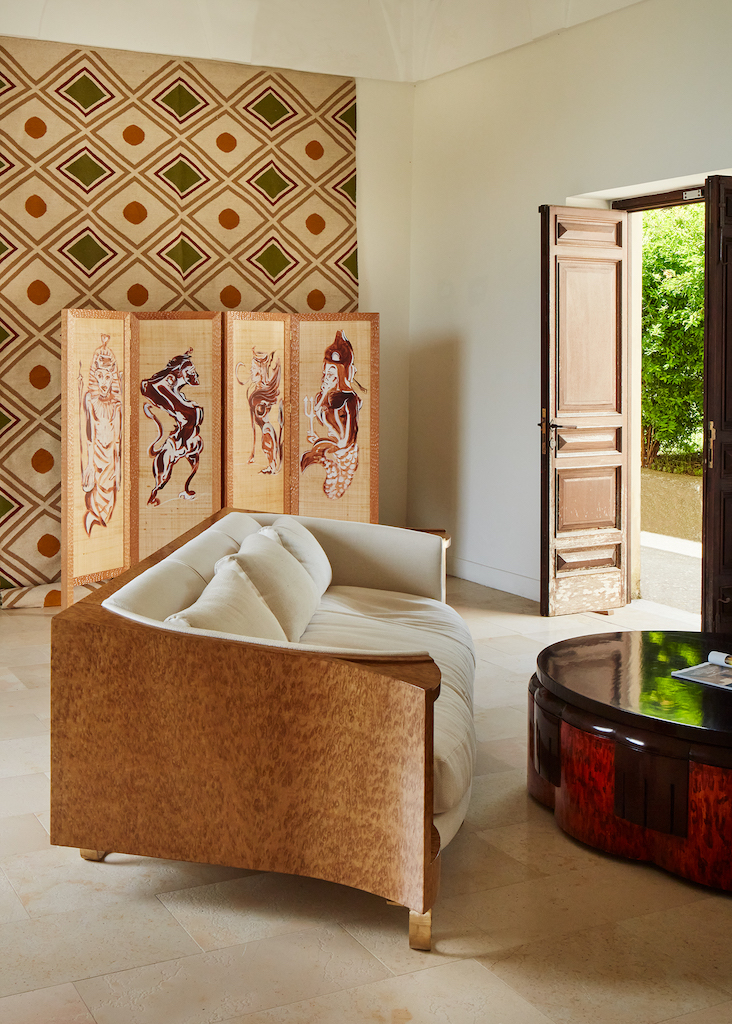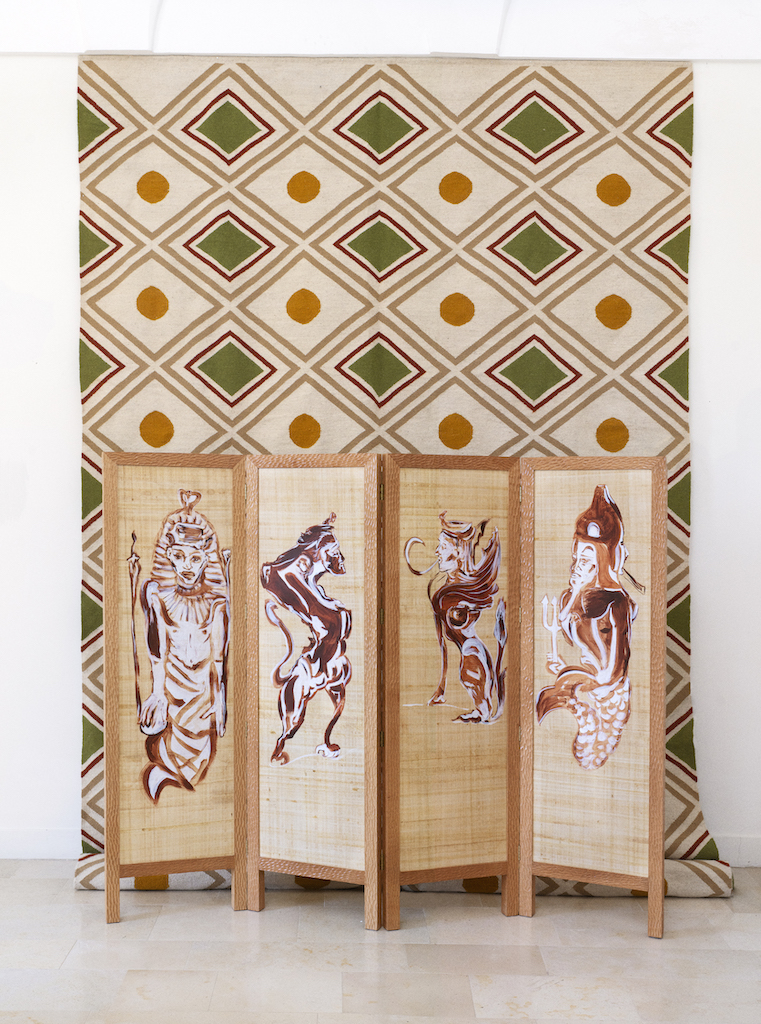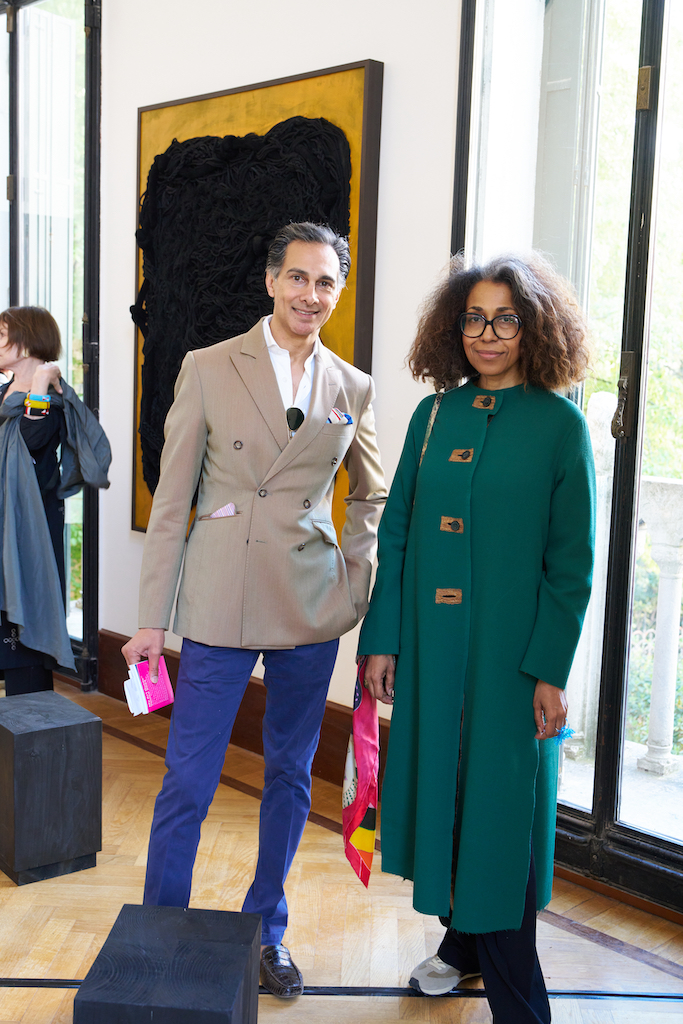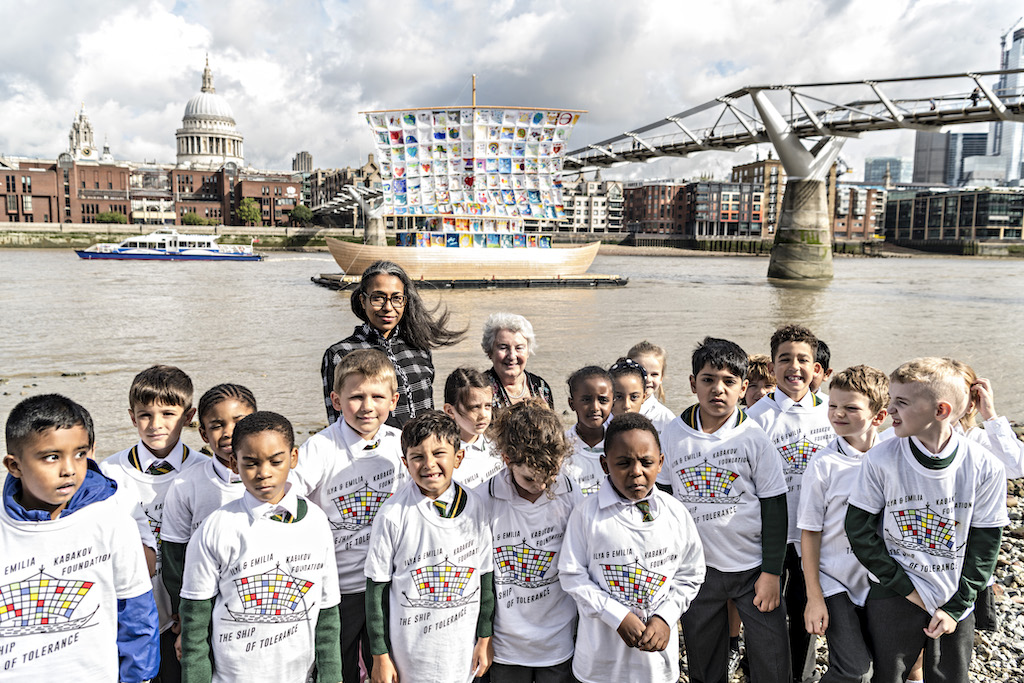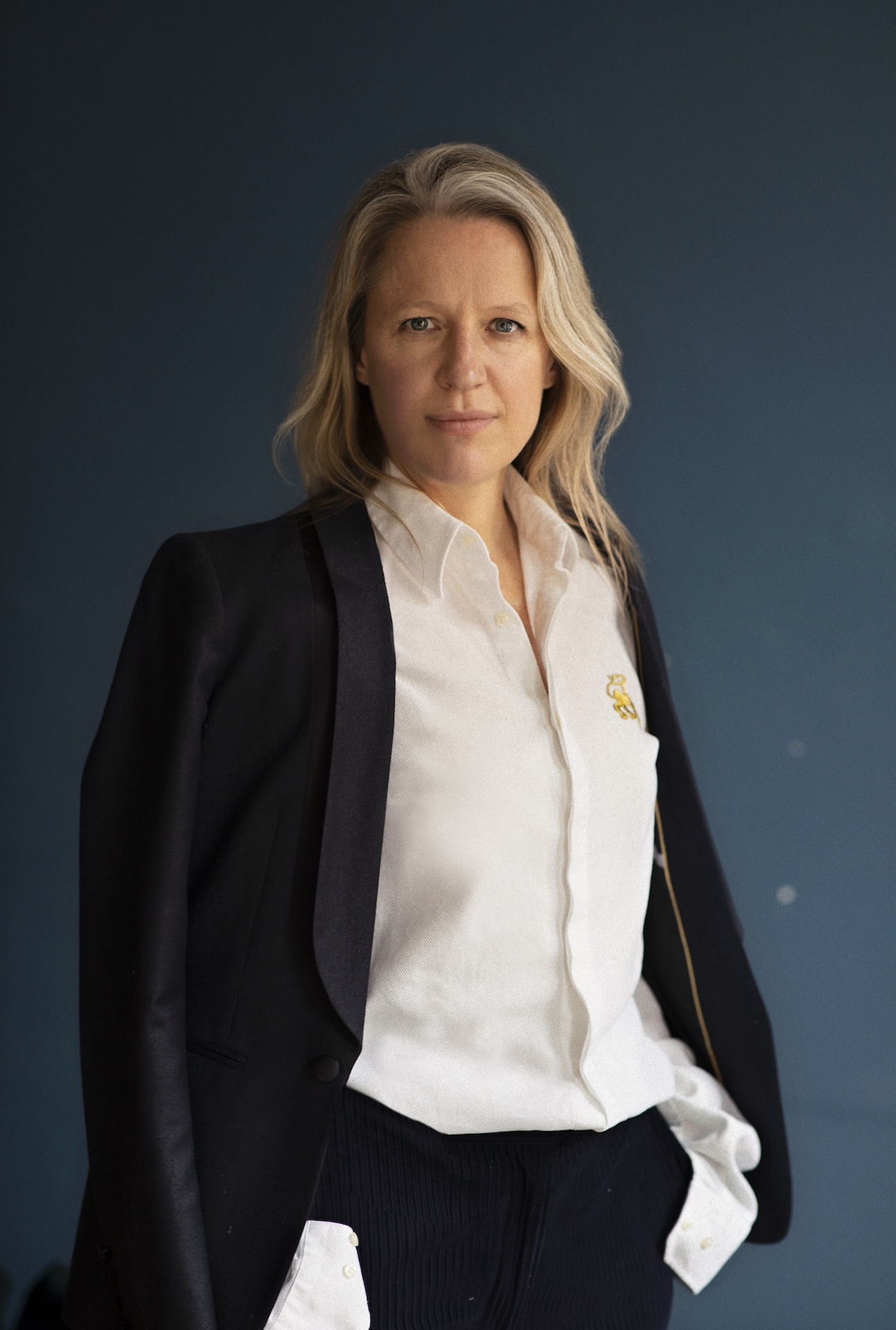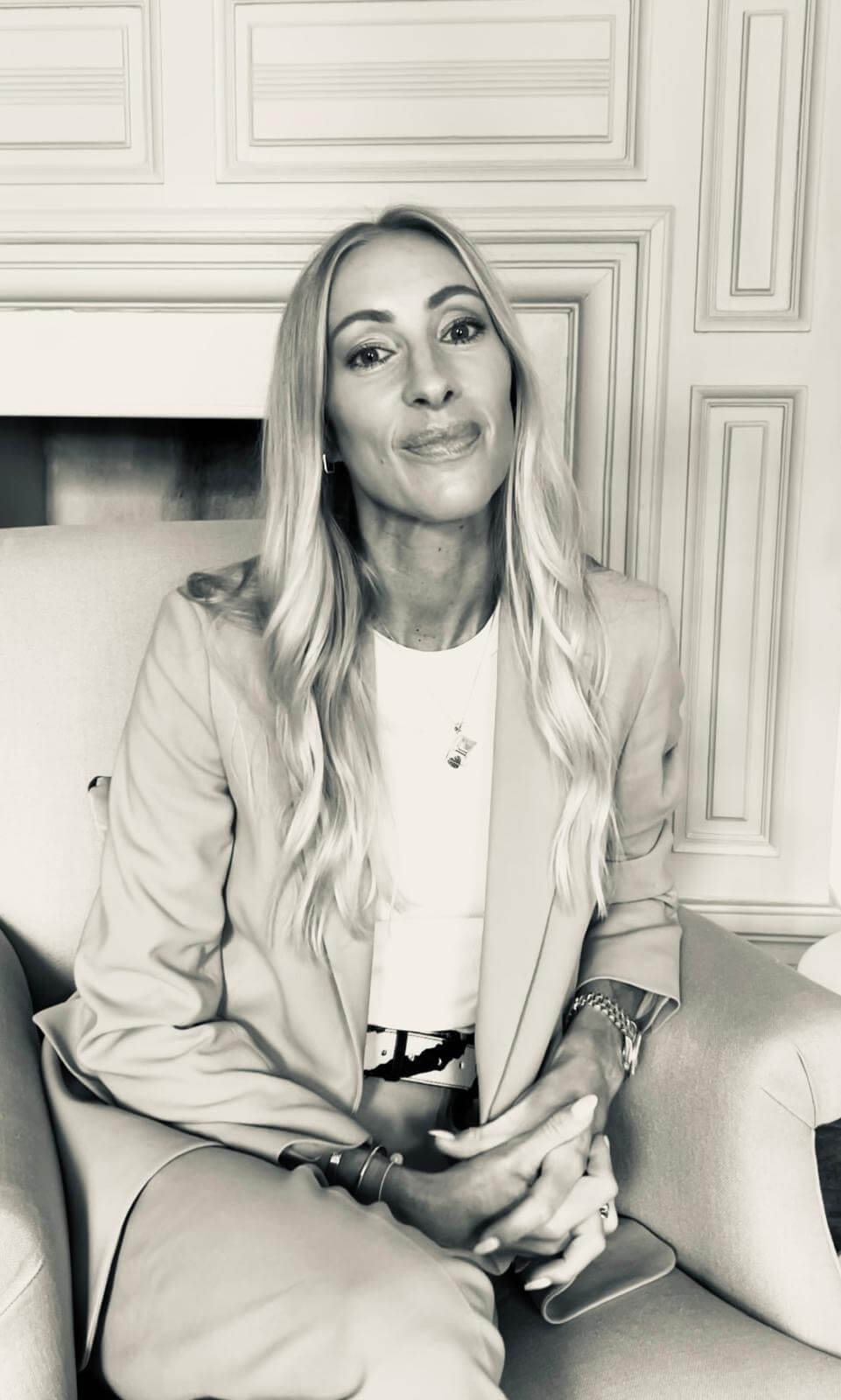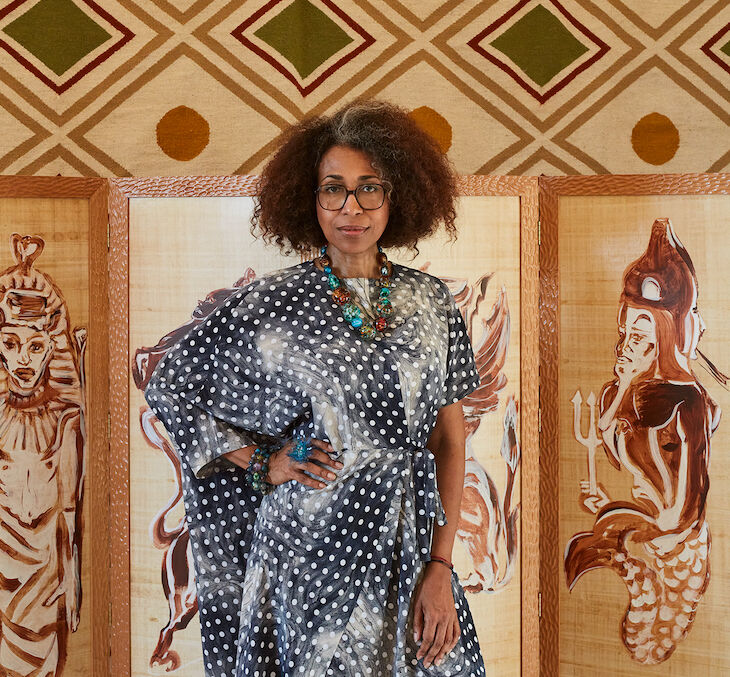

Interview Everything I Want Founder, Nadja Romain
Romain now calls Venice home – it’s there she established her gallery Lo Studio – Nadja Romain, and online retailer Everything I Want – a multidisciplinary hub for artists, designers and artisans that hopes to foster a dialogue between high end craft and visual and decorative arts, with a special focus on Murano glass. Everything I Want hopes to change consumer habits and raise awareness about the impact of purchases – promoting like minded creatives whose practices aim for a sustainable future.
We caught up with Romain about the benefits – and challenges – of working in Venice, her advocacy for sustainability – and which book she’d take to a desert island.
THE WICK: What’s your typical Monday?
Nadja Romain: Like every day, I start with green tea and meditation. Monday is also one of my training days to quick-start the week. Now that I have opened Lo Studio- Nadja Romain in Venice – which is both a studio and a gallery, my weekly routine has changed. On Monday I catch up with the team and the work out map for the week.
TW: How and why did you come to set up Lo Studio – Nadja Romain?
NR: I moved to Venice four years ago. Brexit made me leave London, where I thought I would stay forever. In the meantime as a child my dream was to live in Italy. Venice won because I started to come often to develop Murano glass projects. In the process I became obsessed with glassmaking and felt Venice was my home. I didn’t choose Venice. Venice chose me.
TW: Why do you see Venice as the laboratory of the future?
NR: It is still the most international in Italy. The first art Biennale was created in 1895 in Venice. Venice is so small and it is like a laboratory where creatives from all over the world mingle. It has several universities and research institutes. I believe we create a model here of how to live with rising seas, restore a fragile ecosystem, win the demographic battle by creating job opportunities for young people and bring an alternative to an economy which relies on mass tourism. Problems that ain’t specific to Venice – but here as a small community, solutions can be found and implanted.
TW: During the Venice Biennale, you co-curated Osman Yousefzada’s exhibition Welcome! A Palazzo for Immigrants. Why is Osman’s work important and what can we take from it?
NR: Osman is a multidisciplinary artist whose practice involves films, textile pieces, drawings, ceramic and glass, as well as moving images, two dimensional and three dimensional works, and of course literature and poetry. He is a kind of Renaissance artist, with so many talents. He explores themes of unity, movement, trade and migration in today’s society, and is strongly informed by his own biography as the son of a family of immigrants with Pakistani and Afghan origins. From Osman’s exhibition you take emotions, beauty, something deeply spiritual it takes you in a dimension beyond yourself. For me Osman’s work is about the human soul. But that’s my personal interpretation.
“I believe we create a model here of how to live with rising seas, restore a fragile ecosystem, win the demographic battle by creating job opportunities for young people and bring an alternative to an economy which relies on mass tourism.”
Nadja Romain
